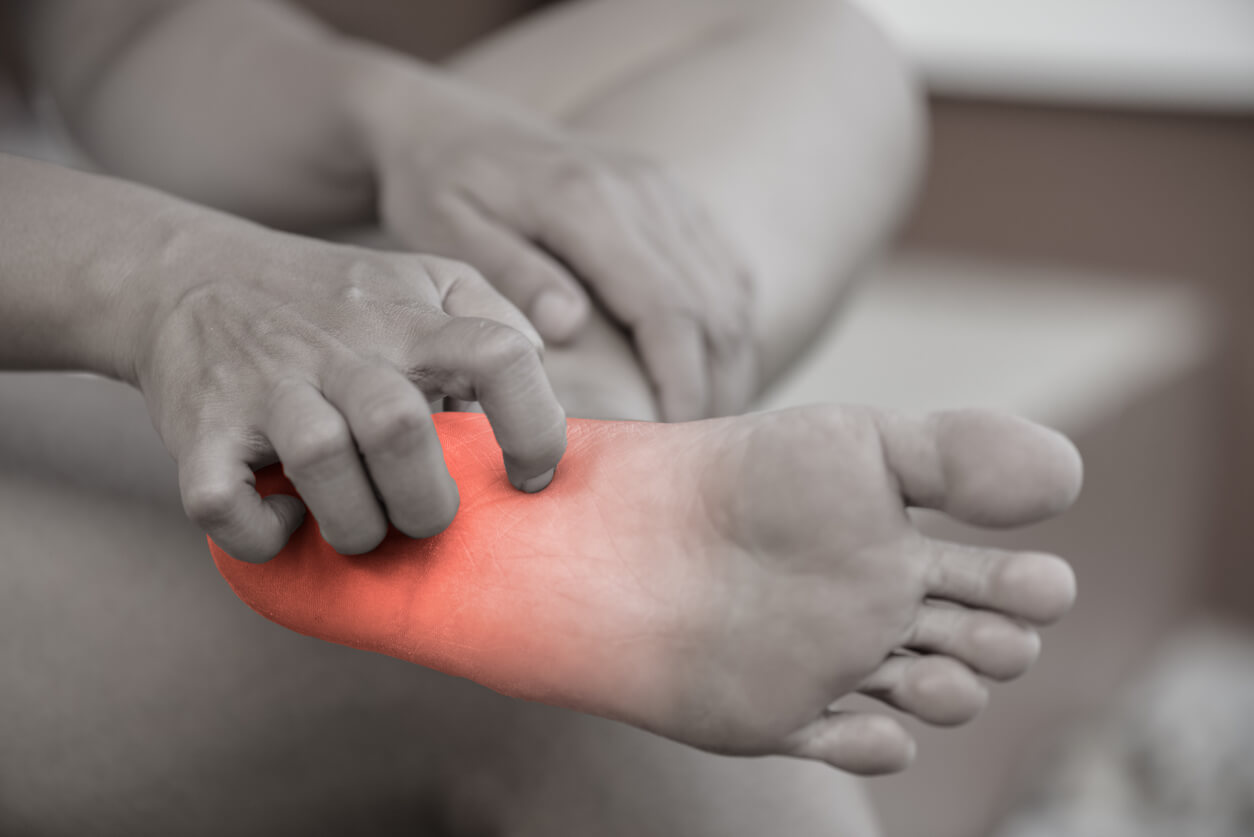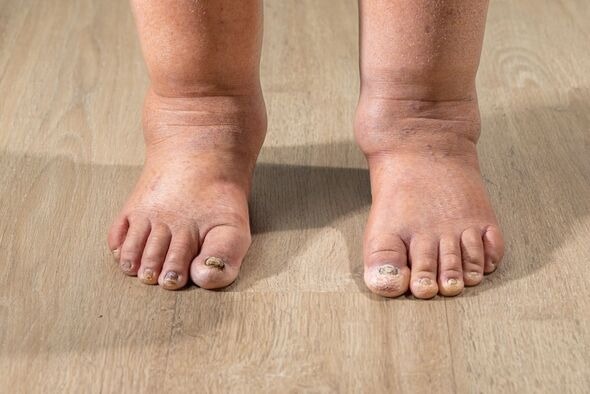Your message has been sent
Your Feet: The Unsung Heroes of Health Monitoring
Often underestimated, the condition of our feet can serve as an early warning system for various health problems. Medical professionals frequently point out that symptoms present in the feet can indicate significant underlying issues, such as diabetes, cardiovascular diseases, thyroid disorders, or circulation problems. This article delves into the scientifically validated signs that may manifest in your feet, exploring what they can reveal about your overall well-being.

Significant Changes in Nail Appearance
One of the most telling signs that can appear on your feet is a change in the color and shape of your nails. For instance, spoon-shaped nails (also known as koilonychia), which curve upwards and can retain a droplet of liquid, are often linked to iron-deficiency anemia. Iron is crucial for transporting oxygen through the bloodstream, and a deficiency can severely impact nail growth and structural integrity. If you notice such changes coupled with symptoms like fatigue or pallor, it’s imperative to consult a healthcare provider. Interestingly, in rare cases, spoon-shaped nails may also suggest more severe issues such as heart disease or hemochromatosis, a disorder characterized by excessive iron absorption, which can lead to irreversible damage to various organs.

Another nail-related concern is the appearance of yellow or thickened toenails, which could indicate a fungal infection, commonly known as onychomycosis. However, this symptom is also prevalent in conditions such as psoriasis and thyroid disease. Individuals with weakened immune systems, notably those suffering from diabetes or HIV, are particularly susceptible to these changes. Persistent alterations in your nails often indicate chronic health issues that may require antifungal treatment or systemic intervention. Additionally, a condition known as yellow nail syndrome can be a warning sign for lymphedema or respiratory disorders, highlighting the interconnectedness of nail health with broader systemic conditions.

Skin Changes and Discoloration
The skin on your feet can also offer vital clues regarding your health. For instance, cold feet—while sometimes a mere reaction to chilly weather—can also signal serious conditions such as peripheral artery disease (PAD), hypothyroidism, or other circulatory issues. PAD narrows the arteries, leading to reduced blood flow to the extremities, which can result in coldness and numbness. Individuals over 50, particularly those who smoke or have diabetes, are at an elevated risk for developing PAD. If left untreated, this condition can escalate to critical limb ischemia, resulting in severe pain, the risk of tissue death, and the necessity for surgical interventions.
Another alarming sign can be persistent redness or a purplish hue in the feet, hinting at vascular problems or circulation issues. When blood flow is compromised, tissues may not receive adequate oxygen, resulting in discoloration. Chronic venous insufficiency may also manifest in similar ways, typically accompanied by swelling and, over time, may lead to venous ulcers and an increased risk of thrombophlebitis. This condition can significantly impact a patient’s quality of life, leading to discomfort and potential mobility issues.
Sensation and Pain: What Your Feet are Trying to Tell You
A variety of sensations in the feet can indicate underlying health issues. For example, numbness and tingling are often associated with peripheral neuropathy, particularly in diabetic patients. This condition often begins with tingling sensations that can feel like pins and needles, gradually evolving into a burning pain. Over time, such nerve damage can impair balance, leading to unnoticed injuries that may become infected or ulcerated. It is crucial for patients to recognize these signs early and consult with healthcare providers for appropriate management options.
Similarly, a burning sensation in the feet can arise from nerve damage, excessive alcohol use, vitamin B12 deficiency, or chronic kidney disease. When the kidneys fail to filter waste properly, toxins can build up, damaging nerves. Small fiber neuropathy, a common cause of burning pain, can be tricky to diagnose as it often shows no significant changes on nerve conduction tests, making a skin biopsy necessary for accurate assessment. Mapping symptomology with medical history is integral in such complex cases, highlighting the importance of a thorough diagnostic approach.
Visible Swelling and Structural Changes
Unexplained swelling in the feet and ankles—known as edema—can also be a red flag for various health issues, including congestive heart failure, kidney disease, or liver dysfunction. Such conditions can disrupt the body’s fluid management, resulting in swelling as fluids accumulate in tissues. While bilateral swelling often indicates systemic problems, swelling that occurs on one side may suggest deep vein thrombosis (DVT), a serious condition that can lead to life-threatening complications if not addressed promptly. If swelling is accompanied by shortness of breath or chest pain, it is crucial to seek emergency medical attention.
Foot ulcers, especially in individuals with diabetes, are another significant concern. Non-healing sores can indicate poor circulation and nerve damage, increasing the likelihood of infection. If left untreated, these ulcers can lead to severe complications, including amputation. Risk factors include poorly managed blood sugar, a history of foot ulcers, and smoking. Regular foot care and consistent medical checkups can significantly mitigate these risks. Patients are often encouraged to monitor any changes in their feet closely and to report any concerns to their healthcare providers without delay.
When to Seek Professional Help
Given the myriad of symptoms that can manifest through your feet, it is crucial to remain vigilant. If you observe any of the following, seek medical attention:
- Changes in nail color or shape
- Persistent swelling
- Burning or tingling sensations
- Skin discoloration
- Non-healing wounds
- Sudden unexplained foot pain
Practicing proactive foot health is essential for everyone, especially those with pre-existing conditions. Here are some preventative measures to consider to maintain foot health and safeguard against potential issues:
- Conduct regular foot self-examinations to catch any changes early.
- Maintain good hygiene and moisturize dry areas to prevent cracks.
- Wear well-fitting shoes to avoid unnecessary pressure and friction.
- If you are diabetic, consistently monitor your blood sugar levels.
- Keep your cholesterol and blood pressure under control through a balanced diet and regular exercise.
- Avoid smoking, which exacerbates circulation issues and increases the risk of complications.
- Schedule annual foot examinations, especially if you have existing chronic conditions or risk factors.
Ignoring the warning signs your feet provide can lead to the progression of underlying health conditions, potentially resulting in serious complications. By remaining attentive and taking action, you can significantly enhance your long-term health and well-being. Remember, your feet are not just a means of mobility; they are also crucial indicators of your overall health. Prioritizing foot health can empower you to live a fuller, healthier life.

















